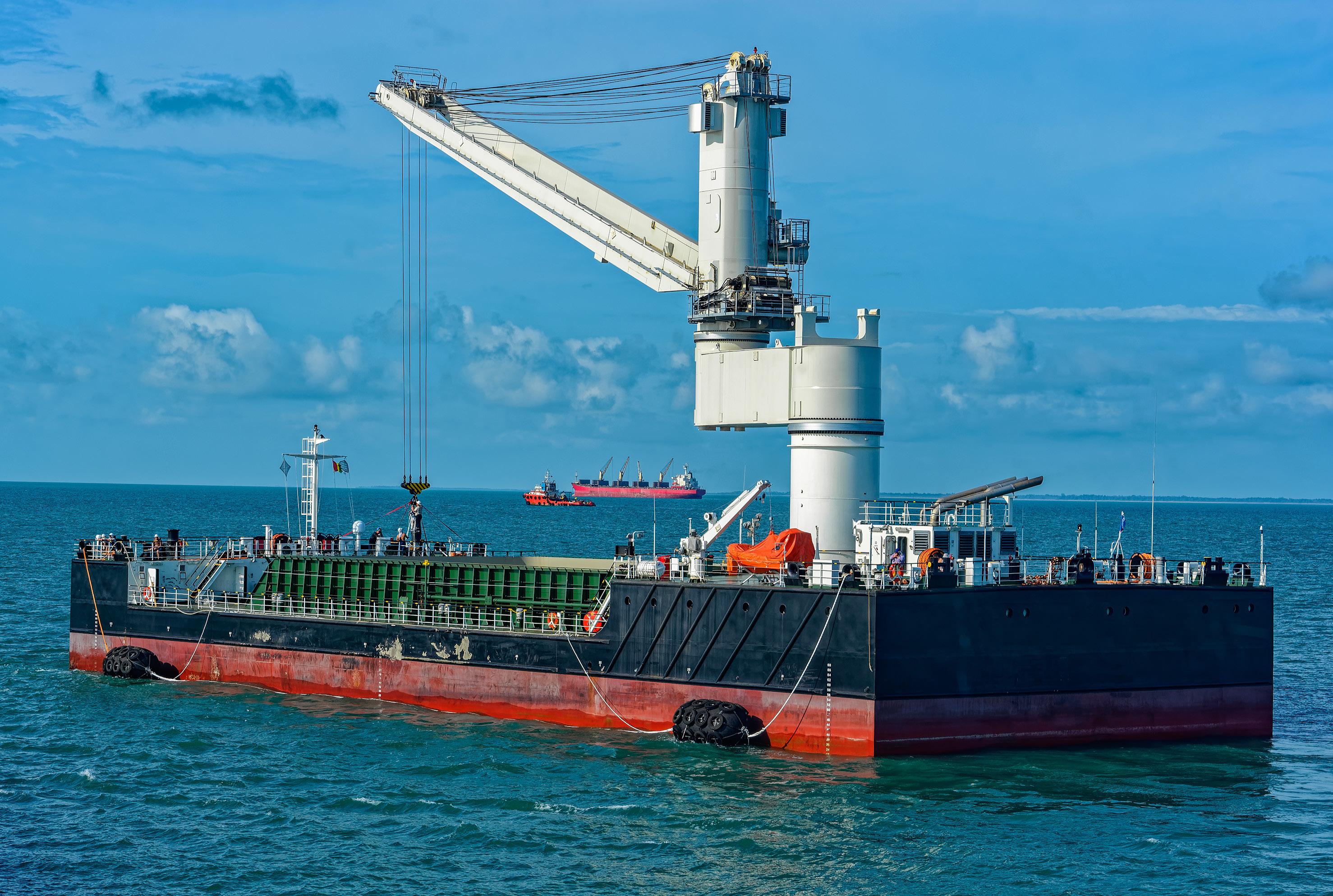
1 minute read
COMPAGNIE DES BAUXITES DE GUINÉE MINING
It takes approximately four tonnes of bauxite to make two tonnes of alumina, which in turn produces roughly one tonne of aluminium. Meanwhile, aluminium is present in more than 35 percent of modern materials and equipment used around the world, making bauxite a highly sought-after resource critical to our modern way of life, and bauxite mining companies key to keeping our world turning. One such player in the bauxite mining space is Compagnie des Bauxites de Guinée (CBG).
CBG supplies its customers with bauxite that has a moisture content significantly lower than or equal to seven percent. This low level of humidity gives the bauxite a superior quality, facilitating, among other things, its transport by boat as well as unloading and transformation
A Brief History Of Cbg
The Republic of Guinea holds one-third of the best bauxite reserves in the world, which contain a high content of extractable alumina (45-60 percent) and a level of silica below two percent.
The production of bauxite on Guinean territory began in the 1930s on the island of Tamara and continued in the 1950s in the Loos Islands by French company Société des Bauxites du Midi. In 1963, CBG was created, with a shareholder base made up of the Guinean state (49 percent) and the Harvey Aluminum consortium (51 percent), bringing together the firms Alcoa (US), AlCan (Canada) and Péchiney (France).
In order to optimise CBG’s contribution to national development, the Guinean government the Boké Development Office (OFAB) which will build and manage the infrastructure required for the production of the ore, in particular industrial handling and processing facilities, a railway, and modern cities in Kamsar and Sangarédi.
Bauxite exports started in 1973, with the first ship, the Coronia, leaving the port of Kamsar with 19,000 tonnes on board. Since then, CBG has experienced considerable industrial growth which makes it a key player in today’s global bauxite market.




